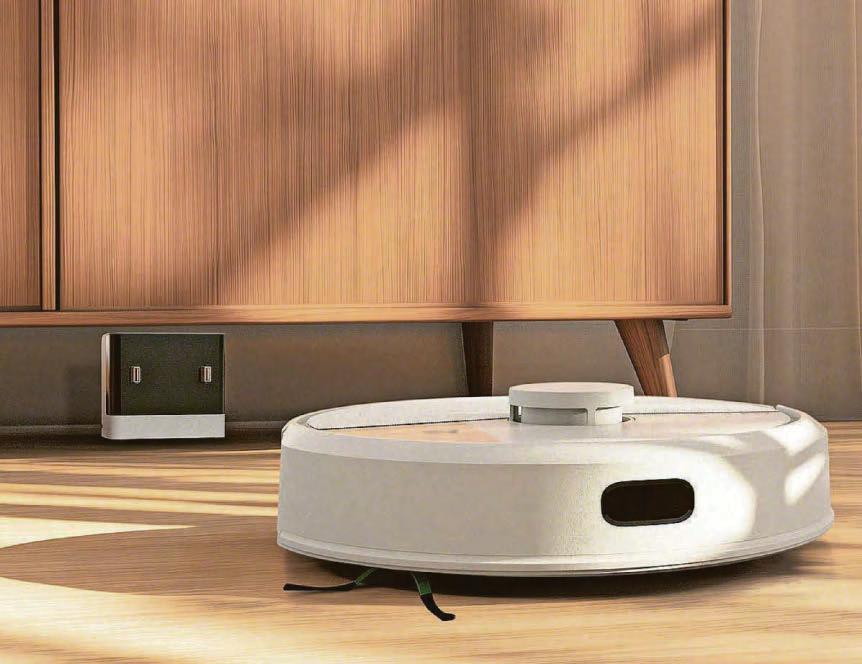And there’s no better time to do that than now, just as the prime mover in this space - iRobot - reveals a totally revamped line-up for its well-regarded Roomba series of robot vacuums.
iRobot more or less invented the robot vacuum and is now celebrating 35 years in the robot game.
It's an incredible 23 years since the first Roomba hit the market, but just a year since Amazon's efforts to buy iRobot hit the buffers and died.
That bruising episode in the company’s history resulted in some lay-offs and a new CEO, Gary Cohen, who vowed to take the company in a different direction - the new Roomba line-up is the first evidence of this.
The whole line-up offers some significant new features that are reasonably common in competitors, but should put Roomba back at the top of the pile. Especially with their new sleek design.
The new robots run from the basic but very competent 105 model, all the way through to an innovative 505 top-of-the-line device that adds several new features.
All of the new robots offer lidar-based (light detection and ranging) scanning and navigation for the first time - this allows the devices to create an accurate 3D map of your space and means the robots can get around with more accuracy.
A new app will also join the new vacuums to take advantage of the new navigation system.
The range is surprisingly affordable, likely as a result of the switch to a cheaper lidar system from the camera-based systems Roomba has used before. Starting at just £249 for the lowest-specced 105, with a rise up the ranks through the 205 with an innovative “dust compactor” feature that means you may not have to empty it for a couple of months.
The other Roombas use an auto-empty docking tower, so the 205 may be useful if you don’t have space for one of those.
The top of the line 505, which costs £699, has a fancy mopping system with spinning pads that can extend beyond the footprint of the robot to get into corners. ...


